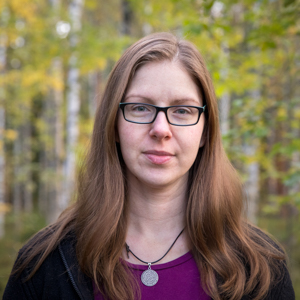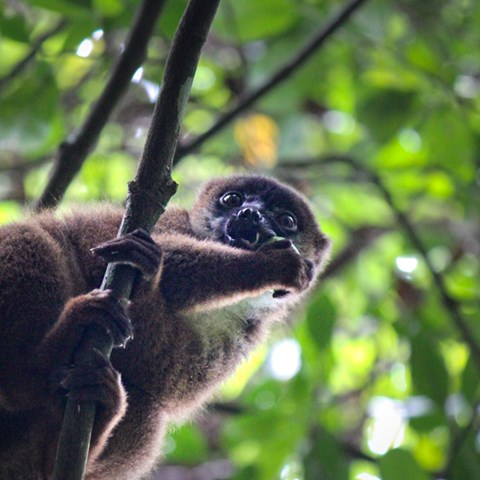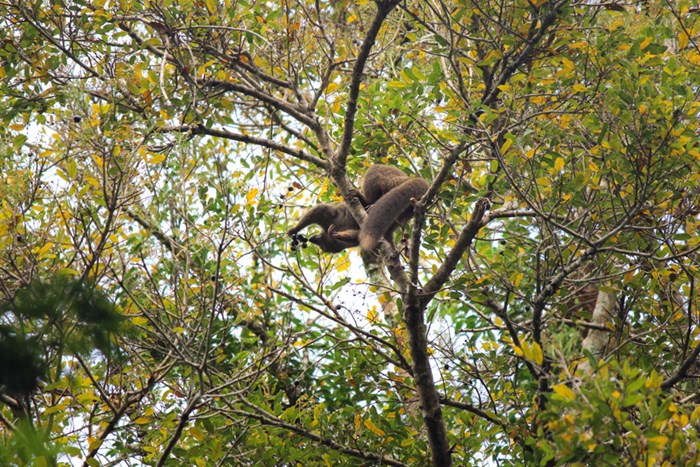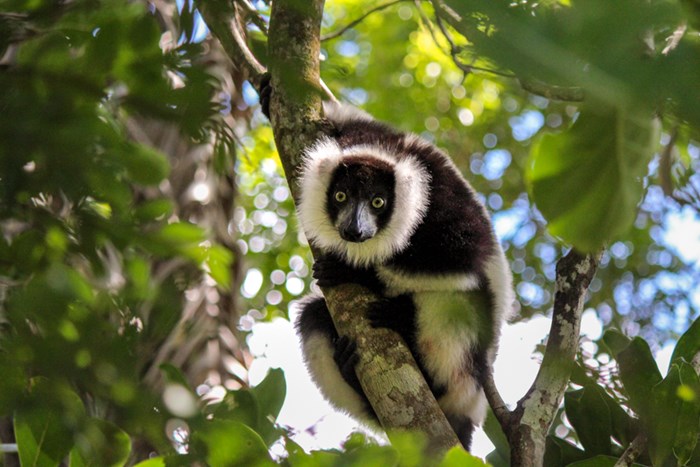Lemurs, bats, and birds. They could be the solution to the creation of sustainable forest ecosystems in Madagascar. This is the opinion of researchers at SLU, the Swedish University of Agricultural Sciences, who in a new project together with local partners want to create conditions for combating climate change in a way that is sustainable for both humans and the environment.
The ability of tropical rainforests to sequester and store carbon is often highlighted as an important part of combating global climate change. Since the 1950s, half of Madagascar's natural forests have disappeared. Madagascar has therefore now launched a major reforestation plan.
But planting trees is not enough.
– If we only focus on sequestering as much carbon as possible, there is a risk that only a few fast-growing tree species will be planted to facilitate quick growth, says Sheila Holmes, researcher in the Megafauna & Sustainability unit (MegaSus) at SLU's Department of Wildlife, Fish and Environmental Studies. As a result, biodiversity is depleted and the forest does not meet the needs of local people.
Animals disperse seeds
What the researchers, together with local partners, want to do is create a forest restoration method that also allows wild animals to resume using these forests. The wild animals are extremely important for the function of the forest: they disperse seeds.
– A large number of tropical tree species depend on mammals and birds to disperse their seeds. We are now facing a global collapse of larger mammals, especially in rainforests, and many tree species that are dispersed by these animals are therefore also facing an uncertain future, says Sheila Holmes.
Previous research has shown that different mammals and birds specialize in dispersing different types of seeds depending on how the seeds are "packaged" in e.g. a fruit.
Together with collaborating researchers and non-governmental organizations, the researchers will map which mammals and birds are found in the reforested areas and in nearby natural forests.
– We will then be able to determine which environmental conditions attract these animals to an area, and thus be able to create conditions to facilitate the spread of animals into the reforested areas, says Sheila Holmes. This will help restore their crucial role as seed dispersers in these forests and increase the forests' ability to survive in the future.
Model for calculating forest products and services
The researchers will calculate how long it takes before mammals and birds begin to use a reforested area. All information will be gathered in a model that can be used to predict what restored forests will look like in the future, depending on which seed-dispersing mammals and birds visit them, how much carbon dioxide they will store and to what extent they will promote livelihoods.
– We will determine the extent to which seed-dispersing mammals and birds can help combat climate change, protect biodiversity and improve human livelihoods, says Sheila Holmes.

Sheila Holmes.
Photo: Susanna Bergström, SLU



